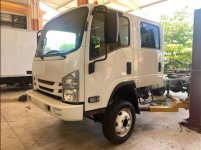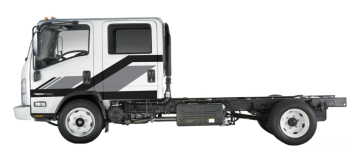As Howard has already pointed out, it is the output volume of a compressor that is more important than the maximum pressure it can attain. Another important specification is the duty cycle (how long it can run at full load).
If you are using an undersized compressor to pump up large tyres you can run into all sorts of issues. Speed of inflation is something that you will obviously notice, but if a compressor is running hard it will also get very hot. Hot air will likely produce moisture, unless you have a decent moisture trap in the system. Moisture in your air is not ideal at all.
A larger receiver on an expedition camper can also be very beneficial. Should you dislodge the bead when running at low tyre pressures, you need the ability to "pop" it back into place.
A compressor alone can struggle to do this, but if you have 130 PSI stored in a decent sized receiver, this can provide a "burst" of air, allowing you to easily reseat the bead. There are other ways of reseating a trye, but this is one of the safer methods.
As a side note...
I hope that you realize that you will need some method for modifying the speedo pulse signal, so that when you change tyre size the speedo reads correctly.
I don't know what the laws are where you are, but in Australia there are very stringent rules about how accurate a speedo must be.
At this point in time I would think that you have far more important things to worry about than how the truck looks.
Just sayin'...


